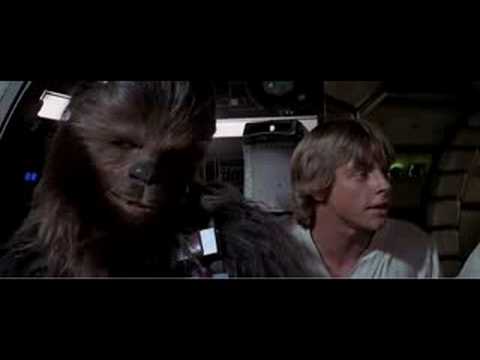The hero’s journey is a story structure that has perhaps been around since before recorded history. In this post we’ll explore what it is, why it’s so compelling, how it likely came to be, and how you can use this in your every day life.
You’ll find that it is a very useful structure as it resonates with all of us in many different situations. Way beyond blockbusters and best sellers, knowing how to use the hero’s journey structure can be your own private secret weapon.
What Is The Hero’s Journey?

Let’s begin by the basic structure. Hero’s Journey stories follow a basic template. Their are a lot of elements, and every element doesn’t need to be present in every story. As you read through this basic Hero’s Journey structure, think of your favorite stories while doing so. You’ll find they conform quite nicely to this outline.
Hero Beginnings
The story stars out with the hero as an orphan of some kind. Either a literal orphan without parents, raised by Uncles or Aunts (Harry Potter, Luke Skywalker, Peter Parker, Dorothy, etc.) or a metaphorical orphan of some kind.
In the very beginning, the hero has limited awareness of the world. He or she is content to live a normal, boring life. The hero is usually broken in some way. They look out into the world, and feel themselves as inferior. They see others as having some qualities that they lack. This usually comes across in a feeling of being an outsider of some sort.
In the very beginning, the hero has a lot of conflicts. Inner conflicts, conflicts with others, deep spiritual conflicts. Most importantly, these are conflicts the hero doesn’t have any idea how to solve in their own, yet at the same time they feel incapable of reaching out for help.
Subtle Call To Action

Something happens that shakes things up, but it’s not quite enough to compel the hero to do anything about it. It’s interesting, and it could turn into an adventure if hero would proactively follow through, but he or she usually doesn’t. The hero might even think about it, but then decide not to. They usually have a pretty poor excuse, but the real reason is lack of courage and self-belief.
Villain Is Introduced
From the audience’s perspective, we sometimes get to see the big picture. We sort of see where the hero is going or what the hero must do. This is essential so we can root for the hero, even though in the story, the hero is still pretty clueless.
Hero Is Put On The Spot
Before the hero goes on the journey, his brokenness is amplified. We need to see the hero put on the spot, and see him fail in some way, due to one of his weaknesses. This plot element is meant to show that as he or she stands now, the hero, even though he knows what to do, doesn’t have the courage to do it. This also is used to highlight just how alone the hero is.
A Direct Call To Action is Presented
The hero is often given a deliberate choice. In Star Wars, Obi Won asked Luke specifically to leave his home planet and learn about The Force, but Luke refused. This doesn’t happen in every story but when it does it’s pretty powerful. It shows the audience that the hero is told exactly what he needs to do, but he or she still doesn’t have the confidence to do it.
The Low Point

This is usually a very low point for the hero. They know what’s at stake. They know what to do, but they just can’t do it. This is so powerful because we humans all have had this experience many, many times. When creating stories, the name of the game is to get the audience to sympathize with the hero as much as possible. And showing that the hero is just like us, in that they know what to do, but they are still too scared to do it is a great way to build that sympathy.
Something Horrible Happens
A situation arises that forces the hero to take the journey. They don’t have a choice. This happened to Luke when he found that the stormtroopers murdered his only family. Neo was offered a choice in the form of a blue pill and a red pill, and he chose the red pill. The alternative was impossible. Dorothy dreamed of a better place, but only got there when the tornado physically swept her away.
Compelling To The Viewer
This idea is extremely compelling to normal non-heroes like us. We all have been in situations where we know what to do but are too scared to do it. We would all secretly like somebody or some thing to force us to do the right thing. When this happens to heroes in books and movies, we love to go along with them for the ride.
Three Important Next Phases
The next three phases of the hero’s journey (once the hero’s been forced onto the journey) are all vital. The first of the three is called the Wandering Phase. This is when the hero is absolutely clueless as to what’s going on. He knows he’s on a journey, he knows something big is about to go down, but he really doesn’t have any idea.
New Friends

This is when the hero meets his new friends. Those that will help him along the journey. Those that need him as much as he needs them. They might not know why yet, but they know they’d better stick together. Luke had Han, Chewy, Obi Won and the droids. Harry Potter had Hermoine and Ron whom he’d met on the train, as well as the other kids at Hogwarts. Neo hadMorpheus and Trinity and all the other Matrix insiders.
New Skills
This is when the hero learns all his new skills. Magic, the force, Kung Fu, how to jack into the Matrix, how to fight bad guys while blindfolded, and all the other cool tricks that hero’s use on their journey.
That’s No Moon – That’s A Space Station!
This is when one of the most overused line in movies is appropriate: “Things just got real.” This is when the hero is no longer playfully stumbling along the journey with his new friends. This is when the hero finally realizes who the bad guy is, and what must be done. He also realizes just how powerfully dangerous the villain is. That his puny super hero powers might not be enough. But at the same time, he realizes there is absolutely no turning back.
Sometimes The Hero Knows He’s Going To Win
Occasionally a hero will be so badass they have no doubt they are going to absolutely destroy the bad guy. These are extremely entertaining, because all of us wish we could be that confident. This is when badass characters say such badass things as:
https://www.youtube.com/watch?v=xlYcaSvfYWw
However, these are the exception that make the rule. Most hero’s journey movies (and there are lot more than just your typical action movie – you’ll find that emotional dramas follow the hero’s journey template) have a hero that needs to go through a steep learning curve before they become a hero.
Final Battle
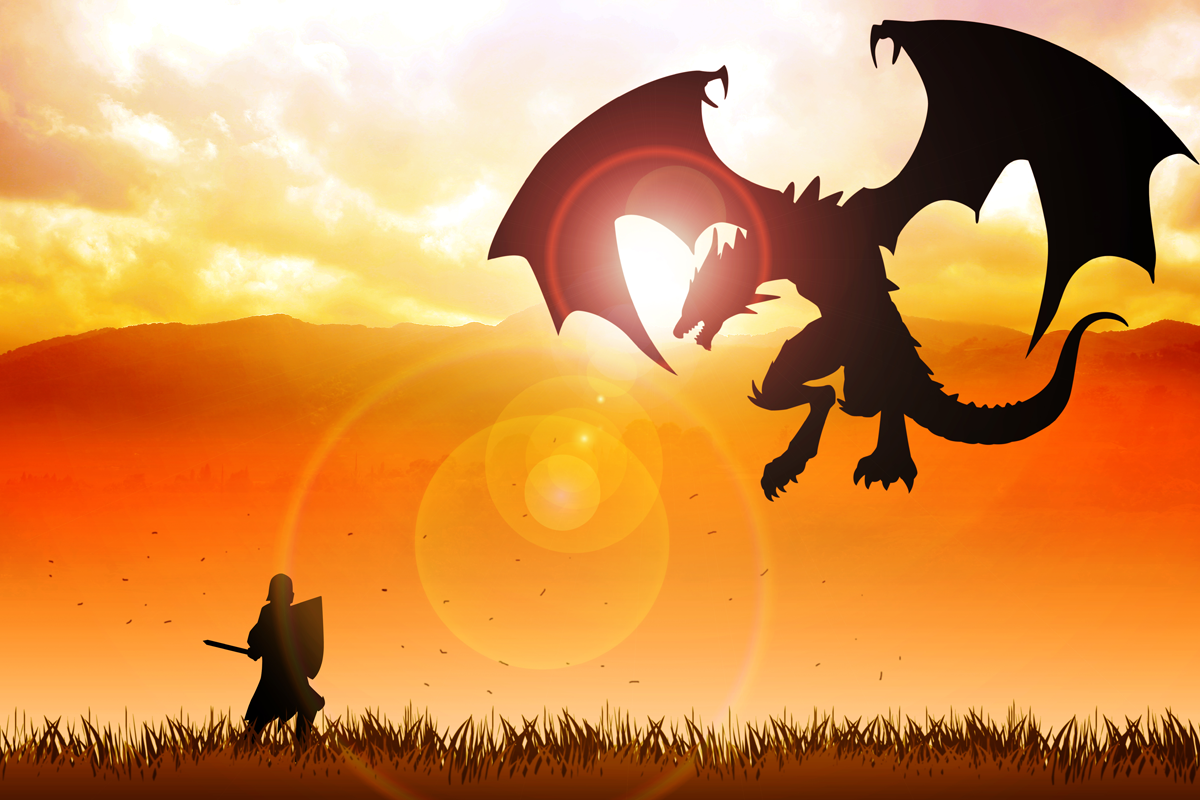
Eventually the hero and villain will meet, and they must fight. This can be a physical fight, or it can be metaphorical. But it usually involves the hero realizing one very important fact. And that is that defeating the villain is more important than life itself. This is the critical Martyr Stage, where the hero accepts that death is an acceptable price to pay for being able to eradicate the villain, usually to protect his friend who helped him on the journey.
Common Players
In every hero’s story, there are a few common archetypes. There is, of course, the main hero. There is the villain. There is the hero’s friends. There is always a wise older teacher type that shows the hero the truth of his journey. It’s important to keep this very common archetypes in mind. We are many of these throughout our lives. Sometimes we are the hero. Sometimes we are the hero’s friends. Sometimes we are the wise elder who gives the hero valuable advice. Occasionally we are even the villain.
Hero’s Journey Origins
A very common parallel to the hero’s journey is the experience of being born. We are safely in the womb, where it’s comfortable, but pretty boring. Everything is taken care of, we don’t have to do anything. Then when the birth contractions start, we initially refuse the call. But then forces beyond our control force us along our first hero’s journey, the long and terrifying journey out of the birth canal, where were are literally (and hopefully) dragged out into the world kicking and screaming.
Symbolism

The path from the womb to the world is through the birth canal. A long tube. Luke escaped is planet (the womb) into space (the world) by making the jump to light speed in the Millennium Falcon. It looked very much like a tube.
Harry Potter left his home, living in small room (the womb) to his Hogwarts (the world) by riding on a magic train. Another long tube.
Dorothy left her farm (the womb) and was transported to the land of Oz through tornado, another long tube.
The Story Repeats
Every time we go through an important life transition, the process repeats itself. Going to school for the first time. Going away to college. Getting a job. Getting married, having children of our own. We enjoy hero’s journey stories so much because they are very familiar. No matter how old we are, we can easily see ourselves in the role of the hero. And when the hero succeeds, we believe that we can as well.
Ancient Story Origins
What is the purpose of stories? We can do a mental experiment, and imagine two different tribes of ancient people. One group came home after a long day of hunting and stared boredly into the fire. Maybe they passed around a pre-historic blunt. Another tribe had an old guy who liked telling stories. Not just any stories, but hero’s journey stories.
Kill The Monster
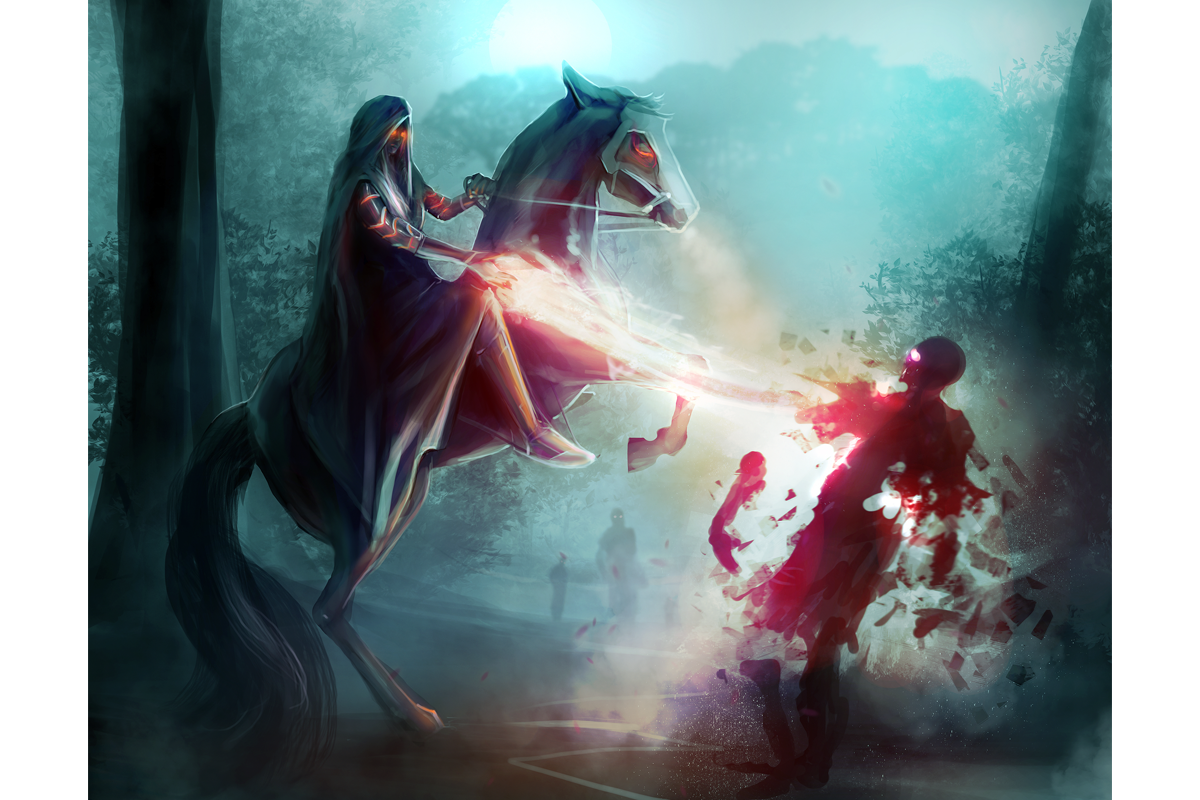
Several studies have been done and there are seven common themes among all of the stories every written. One of these themes is “man vs. monster.” Another common theme is “man vs. nature.” It’s easy to see how stories of this form would be useful to ancient tribes of hunter-gathers. If the story was told well enough, and the hero archetype captivating enough, each hunter could see himself in the role of the hero. Carrying this memory of these stories in their mind while hunting would be a valuable motivational tool.
Compare this to other tribes who didn’t talk much at night. They wouldn’t have any memories to encourage them while they hunted. It’s easy to imagine how a tribe mesmerized every night by rich tales of men vs. monsters were much more motivated to go out every day and slay real monsters. Imagine having to track and hunt a large creature like a wooly mammoth or a large bear. That’s about as close to a real monster as a hunter would get, since that creature could easily kill any hunter who wasn’t careful.
Martyr Origins
As mentioned above, many hero’s journeys involves a part near the end where the hero decides that killing the villain is more important than his own life, if only to save his friends. Consider two tribes of people. One tribe had the “killing-the-monster-is-more-important-than-my-life” gene. Another tribe had the “if-it-gets-too-dangerous-I’m-getting-the-F—out-of-here!” gene.
It’s pretty straightforward that the first tribe would be more successful, both in hunting and in inter-tribal warfare than the second tribe. The first tribe would be a much more cohesive fighting force than a second tribe who would scatter as soon their own lives were at risk.
Form Function – Function Form
In many areas, form follows function and function follows form. Eggs make chickens, and chickens make eggs. Hero’s Journey stories enhanced tribes populated by people with those “take-one-for-the-team” gene, but those same “take-one-for-the-team” tribes tended to be conducive to those types of stories. Let’s consider another mental experiment.
Two Tribes
Both tribes had the “take-one-for-the-team” gene, that motivated them to fight for something bigger than themselves, a trait we have today. But let’s suppose the first tribe listened to really goofy stories that were entertaining, but not really relevant to their daily life. Or maybe instead of listening to stories every night, they watched some caveman juggle rocks or burning logs or something.
The other tribe, which had the “take-one-for-the-team” gene who actually had genuine hero’s journey story-time every night would be just a little bit more motivated when they were hunting and fighting. So the story enhances those with the story-genes, and the story-genes would be more conducive to producing hero’s journey story tellers.
Ramifications Today
It’s pretty clear we can see ourselves in many roles in the hero’s journey. It’s also clear that we love a hero’s journey story, since those tend to make the most money when done well. The money question for us is how can we use this information to have a better experience?
Be The Hero
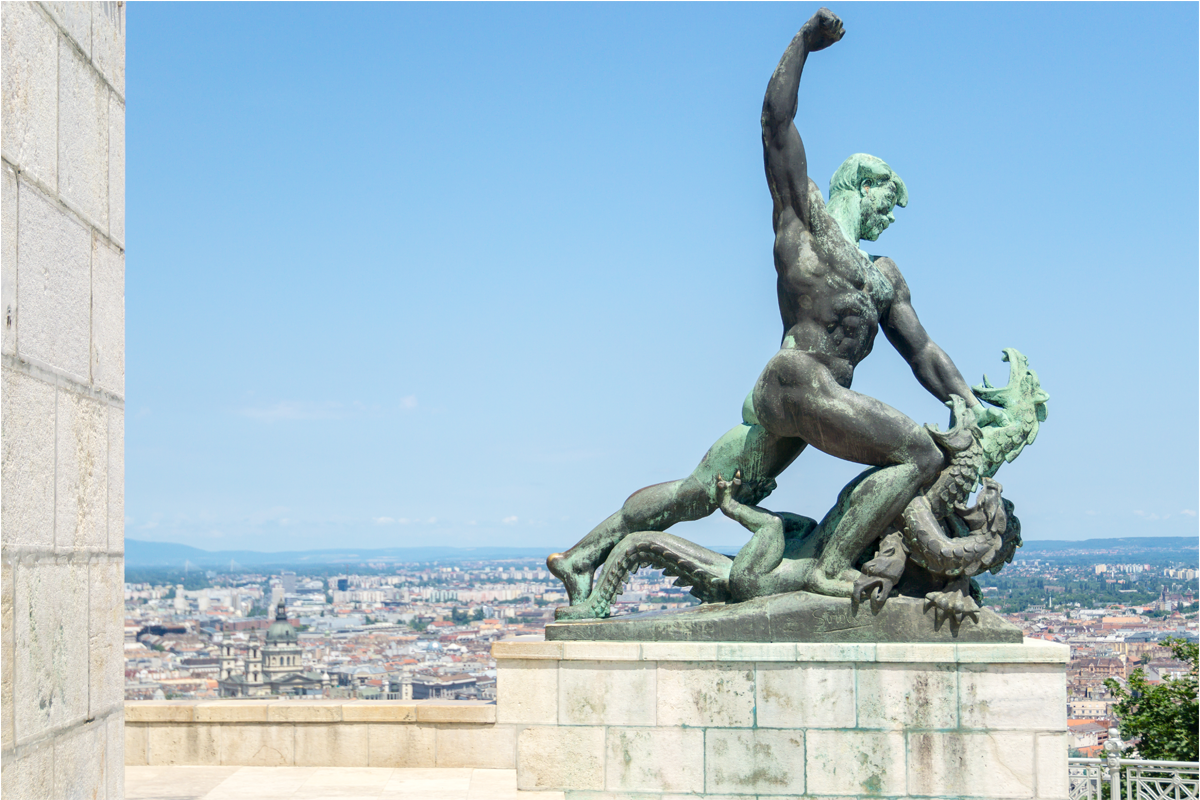
See yourself as the hero in as many possible situations as you can. Even if being heroic is as mundane as raising your hand in class to point out a teacher’s mistake. Embrace your birthright as a hero. You don’t need to go to war or kill demons to be a hero. You have plenty of opportunities to be a hero every single day. Actively look for them, and be the hero to as many people as you can.
Be The Wise Elder
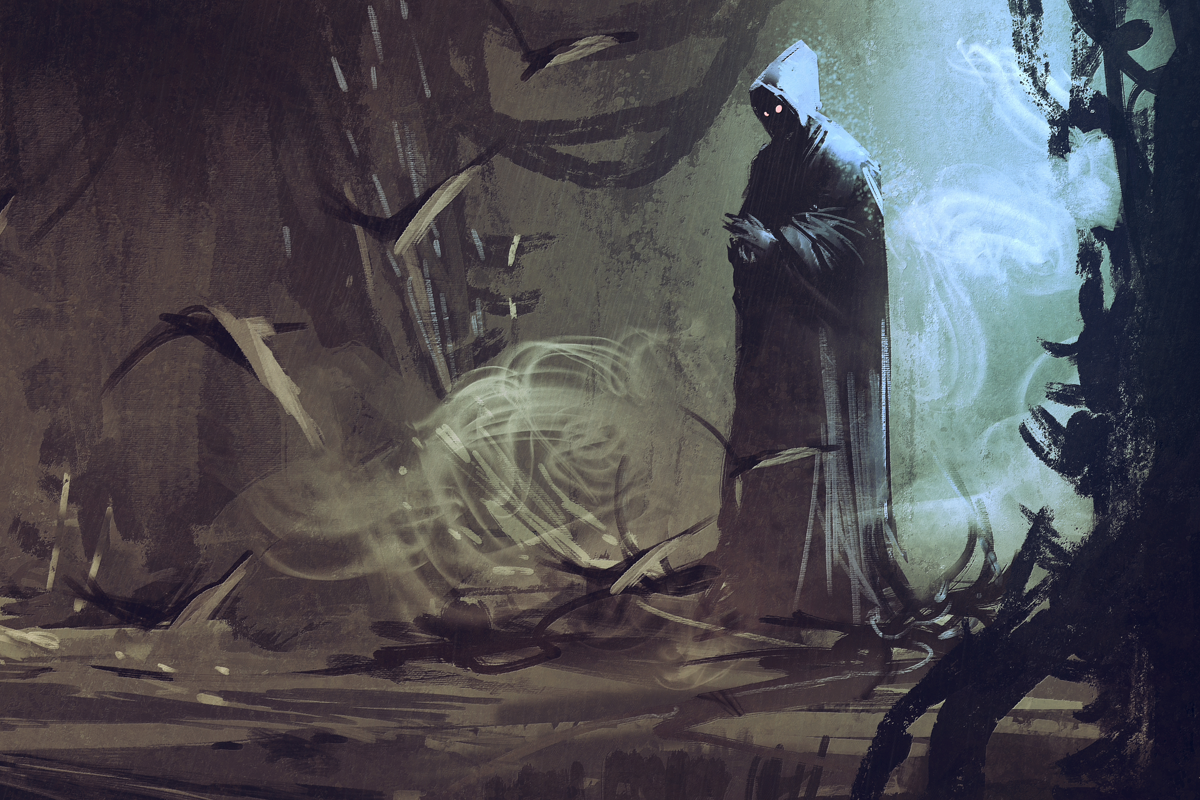
Sometimes you are going to be the one with experience, and somebody with less experienced than you will need your guidance. Don’t be shy with sharing the truth of life with as many people as you can. Let people know that you believe they can overcome whatever obstacles they are facing. Let them know they are a born hero, and they can face whatever challenges life throws at them.
Be The Friend
Let yourself be willing to recognize when it’s somebody else’s turn to be the hero. Be their R2-D2 when they need your support. Let them you know you have their back, and you’ll go the mat with them as they destroy whatever villain they are fighting.
Recognize When You Are The Villain

This takes a lot of courage and honesty, but sometimes you are the villain, and others will see themselves as the hero’s. Remember, even Darth Vader turned back to the good side in the end.
Practice Seeing Hero’s Journey Elements
It can be easy to get lost in the chaotic shuffle of day to day life. But if you take the time to look, you will find hero’s journey opportunities everywhere. Consider this is your very reason for existing. To embrace your role, to assume whatever archetype is available, and play it to the fullest.
All of us are hero’s. All of us are friends. All of us are wise elders. And all of us are villains. Train your mind to see the world through the hero’s journey filter, and make life an epic adventure.
Learn More
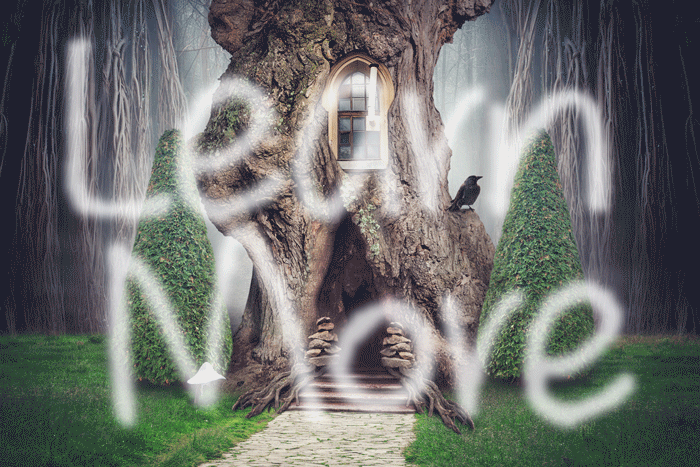
Mind Persuasion Courses
Mind Persuasion Books
